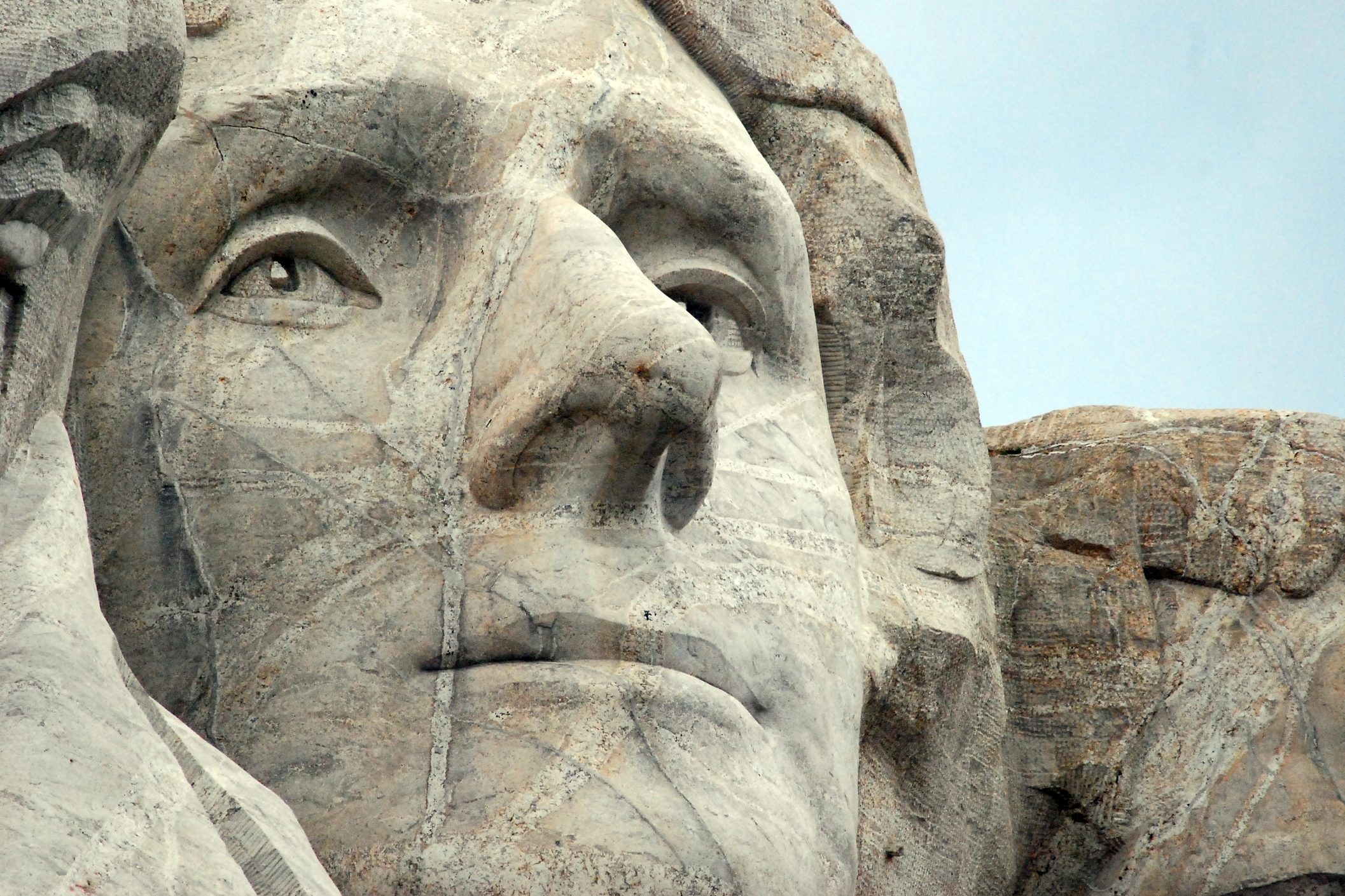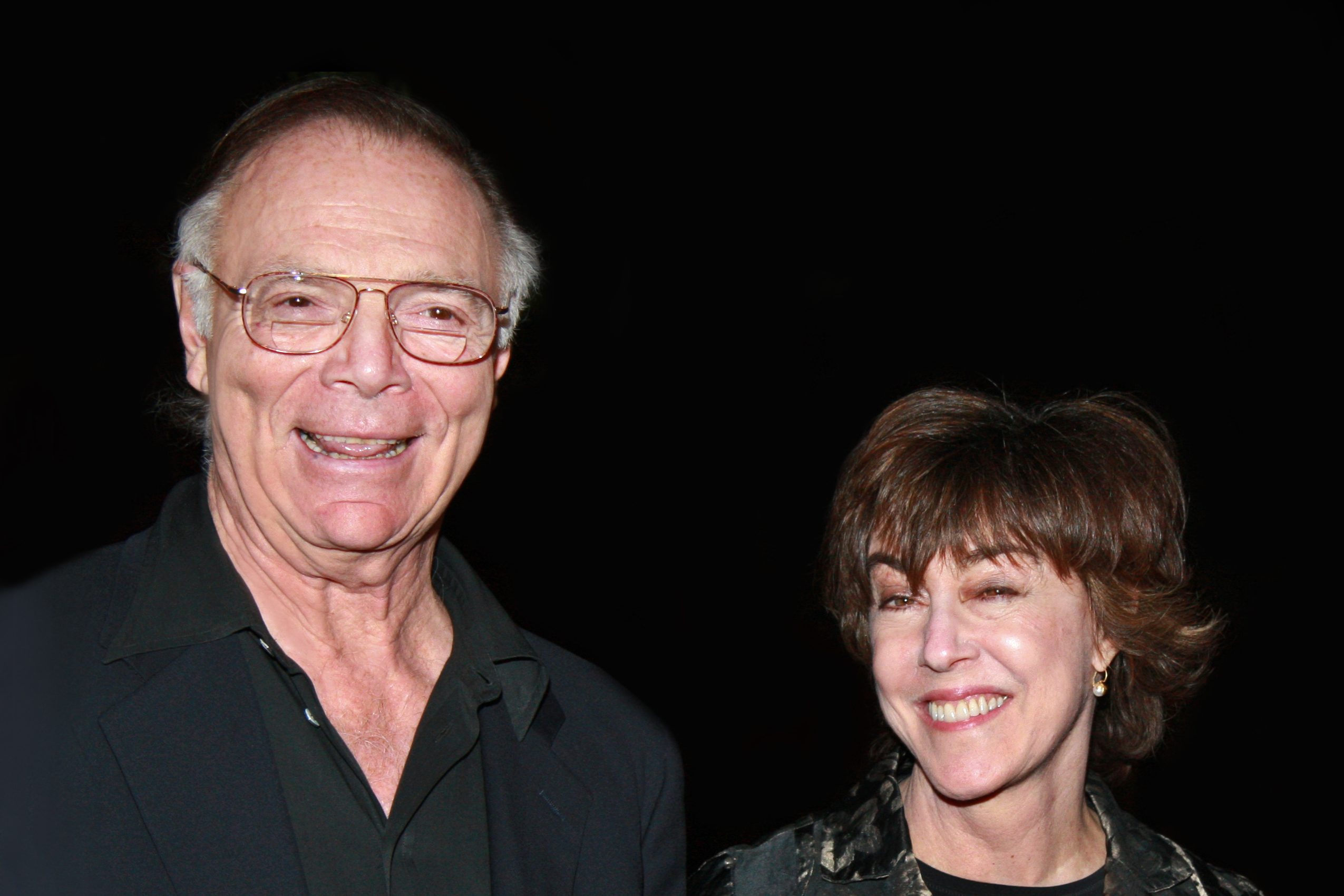For the first time in New York City there is an exhibit celebrating the literary works of Ernest Hemingway. From September 25th through January 31st, 2016 at the Morgan Library and Museum, in collaboration with the John F. Kennedy Presidential Library and Museum, Hemingway’s original manuscripts, letters and ephemera collection is on display for the public. The exhibit titled Ernest Hemingway: Between Two Wars reveals original works written by the iconic American writer and also includes lectures, gallery talks, a concert and a viewing of two film adaptations, one from his short story The Killers, and the other from his novel To Have and Have Not, starring Humphrey Bogart and Lauren Bacall.
The exhibition is a reminder that even though this American journalist, poet, and writer, as well as enthusiast for bullfighting, hunting, baseball, boxing, fishing and drinking; and who was affectionately known as Papa by his family and friends, passed away over fifty years ago, the interest in Ernest Hemingway remains almost as great as when he was alive. As a consequence, Papa’s homes, old jaunts and watering holes, have become nothing short of shrines. The writer’s former residence in Key West, Finca Vigia in San Francisco de Paula, Cuba and Ketchum, Idaho are museums, where thousands visit each year, as well as his birth place in Oak Park, Illinois. There is also an annual Hemingway look-alike contest sponsored by Sloppy Joe’s in Key West, Florida.
To make his legacy even more relevant today, in 2014 an application (app) was created called the Hemingway App, “that will make your writing bold and clear” a writing trait of Papa’s that he learned as a journalist working for the Kansas City Star and later the Toronto Star newspapers. Moreover, a year earlier a liquor company created Papa’s Pilar Rum, (Pilar was the name of his boat in Cuba) and many other products have been created utilizing the Hemingway name or image.
Yet, long before his surname and legacy became marketable and more importantly, prior to his perennial connection to Paris, Key West, Spain, Cuba and Kenya, it was in Italy that Ernest developed his passion for writing about his life experiences. Researcher Rena Sanderson wrote in her introduction, Hemingway’s Italy: New Perspectives, “Ernest Hemingway, too fell under Italy’s spell. Indeed, Italy was second only to Upper Michigan in stimulating his lifelong passion for geography and for local expertise.”
Many of us already know about his time in Italy during WW I while he was a volunteer American Red Cross ambulance driver and how at eighteen, he fell passionately in love with a nurse who later inspired him to write A Farewell to Arms. It was his experiences in Italy by which he went from a boy to a man, from an innocent adventurer to a prose writer who wrote extensively about American Modernism.
It can be argued that Ernest had a profound love affair with Italy long before and after he met Nurse Agnes von Kurowsky (based on the fictitious character in A Farewell to Arms Catherine Barkley) in a Milan hospital while he recovered from life-threatening wounds he had suffered at Fossalta di Piave on July 8, 1918. Clearly, Italy and for that matter Europe, offered Hemingway excitement from the monotonous routine he experienced Pre-Roaring Twenties in mid-western America. It was Italy, however, that fulfilled his need as a young man to be close to the action, and tapped into his euphoric and at the same time dysphoric moods also reflected in many of his fictional characters and stories.
While he recovered from his wounds in Italy during the Great War, an Italian doctor told him he would probably never walk again. Although the doctor was wrong, throughout his life he was in constant pain that was exacerbated by two near fatal plane crashes in Africa. Nonetheless, equally excruciating was losing in real life his first love Nurse Agnes, she apparently broke off the relationship when Ernest went back home to continue with his recuperation, and this however devastated him.
In time, Ernest eventually rebounded from his first love and moved on with his life. As I conducted my own research for a Hemingway paper and read Ernest’s personal papers and letters from the Hemingway Collection at the John F. Kennedy Presidential Library and Museum, I realized how deeply hurt he was when Agnes decided to be with someone else. Another interesting pattern I observed from the collection was that Ernest chose to write several letters in partial Italian, even though his grammar and spelling were not always correct.
For example, in one of his personal letters addressed to a close friend, Bill Horne on July 2, 1919, Hemingway wrote, “Now for the last month and half I’ve been up North here and “Ag” doesn’t, recall any image to my mind at all.” In the same letter he goes on to express, “Fratello I got so damned lonesome for Italy that I don’t know what to do.” He concluded his correspondence to his friend Bill by writing, “Salute Affetnosamente, spelled wrong I guess.”
Ernest Hemingway was fluent in Italian as well as French and Spanish. He was more than adequate in conversational Italian, and also read in all three Romance Languages. He remarked that one way he learned the languages was by reading numerous periodicals from those respective countries throughout his life.
In another letter addressed to his sister Marcelline Hemingway, he wrote from his hospital bed at the American Red Cross hospital in Via Manzoni, Milan, “perche non scrivere a io?” Afterwards in his introduction, he explained to his sister, in English, that he began in Italian, “to illustrate a sample of letters I am compelled to write daily.” Hemingway spent about a year in Italy and he became transfixed with the cultural abundance that he had read about as a kid growing up.
His mother, Grace Hemingway, with whom he had a tumultuous relationship for most of his life, introduced Ernest and his siblings to Renaissance Art and Italian opera. Grace was a cultured woman who married Ernest’s father, Doctor Clarence Hemingway, who was more of an outdoorsman. It was his father who introduced young Ernest to hunting and fishing, and these subjects were constantly referred to in his literary pieces. When Ernest decided to volunteer in the Great War, his parents, especially his mother, were extremely unhappy with his decision.
For Ernest, Italy was a paradise despite witnessing the dark side of humanity during WW I. In his early years and later as a popular American writer, Papa spent most of his time in Northern Italy from Lago Maggiore to Cortina D’Ampezzo. Similar to Agnes, however, Ernest became disillusioned by Italy when Benito Mussolini and his fascist party consolidated their power over Rome in the 1920s & 1930s. After interviewing the dictator as a journalist in 1922 and 1923, Papa expressed his contempt for Il Duce and Fascism. The fascist reign marked a turning point for Ernest’s interest in Italy. Through my research I would opine that Mussolini’s malevolent rule forced Hemingway to become more interested in other European cultures until the fascist dictator was overthrown by Allied forces in 1943. Still, Hemingway always expressed fond memories for Italy and his Italian friends. He rekindled his affection for Italy with the overthrow of Mussolini and began to visit his first love again in the 1950s.
































